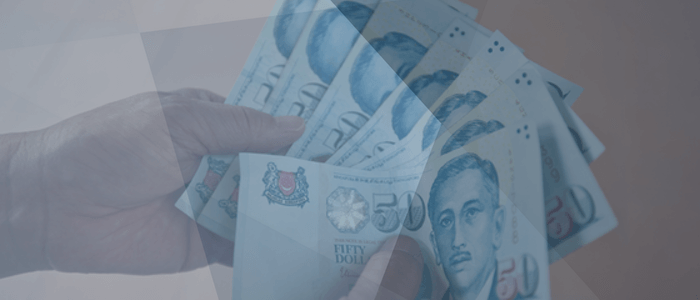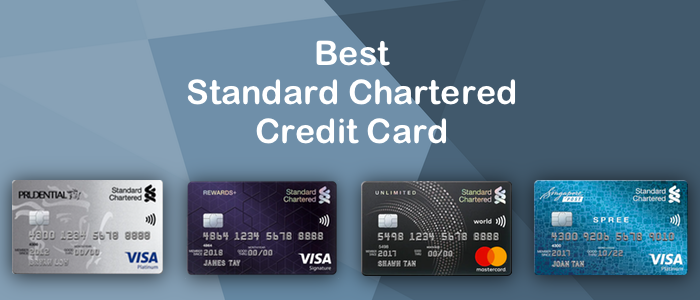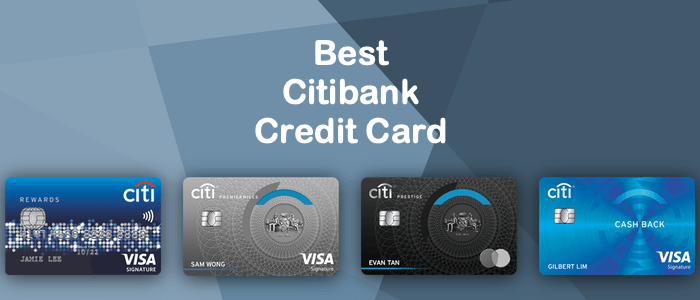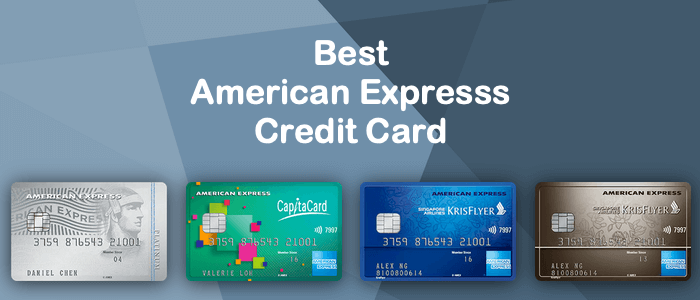Keep Your Money Safe with These 5 Ways to Send Money Safely
When it comes to transferring and sending money you want to make sure you’re keeping the money safe. Here are 5 ways to send money safely.
People all over the world transfer around $5 trillion every day. And there are more ways to send money than ever before. But each year 2.68 million people become victims of online fraud.
So if you’re looking to transfer money you want to know you’re doing it safely don’t you? Well, then you’re in the right place.
Read on to learn the five ways to safely send your money!
Our Money Transfer Top Three
[ec_multiple_list ids=’8640,10268,8625′]
1. Choose the Right Ways to Send Money
If you’re thinking about transferring money you might think about using your bank. But this can incur extra charges, particularly if you’re transferring money internationally.
There are plenty of alternatives that allow you to send money online instantly. These mean you don’t have to repeatedly put your bank details into different websites.
To keep your money safe, make sure you choose the best way to send money for you. Each online transfer service offers something different.
For example, PayPal is the most widely used money transfer service. This means that whoever you’re sending money to, they’re likely to have a PayPal account. This is why it is often an option when purchasing items online.
But if you want to transfer money internationally you might use OFX Wide or Western Union. These are particularly useful if you’re sending large sums of money.
Google Wallet doesn’t allow international transfers but it is fast. So you’ll be able to keep an eye on where your money is going and check if it arrives.
To find out more, check out our tips on the top ten money transfer services.
2. Always Log Yourself In
Any of the ways to transfer money will always require a login of some kind.
This allows the bank or service to identify you as you. But you already knew that right? Did you know that logging yourself in can also protect you though?
Avoid using shortcuts or following links to login pages. This way you ensure you’re always putting your details into the right website.
Fraud online is easier than ever before. And people can create copy-cat websites with a few clicks. But fraudsters can’t copy web addresses as directly.
If you know where you’re going and take yourself there each time you can avoid these traps. There are only a few links you should follow from emails to money transfer sites.
These are verification links. You can spot them easily because you will know to look out for them in your inbox. You should only need to use them once or twice.
If you receive emails containing links to login pages be wary. They could be from a fraudster trying to get your login details.
3. Make Sure You’re Protected Against Fraud
Money transfer services offer some of the easiest ways to transfer money. But not all of them will protect you against fraud.
So take this into account when looking for the safest way to transfer money.
If you’re buying online always use a service that provides purchase protection. This is an agreement between you and whoever you are paying on the amount of money transferred. It covers you for the total amount you send in cases of fraud.
Some online transfer services like PayPal have purchase protection included. This is particularly helpful when buying things online.
Google Wallet and Venmo don’t provide purchase protection. This is fine if you’re sending money to someone you trust. But avoid using them to send money elsewhere.
OFX doesn’t have purchase protection but it does let you track your money. This sends email notifications of your transfer’s progress. It also uses fraud protection technology although you shouldn’t rely solely on this.
Western Union makes no claims of protecting you against fraud. Instead, it encourages you to be safe when transferring money. So if you’re transferring a large amount and want peace of mind, you might want to look elsewhere!
4. Choose Your Passwords Carefully
Only 43% of people follow safety advice when choosing their password. And your password is your main source of protection from online fraudsters.
A strong password should have a mixture of upper and lower case letters in it. It should also contain both letters and numbers. If you intersperse these the password will be even stronger.
That’s why the password for your router is often such a jumble of letters and numbers. It might be tempting to change this to something more memorable.
But be careful of oversimplifying it. Your router is key to accessing all of your networks and ways of sending money. Protecting it with a strong password is key to keeping your information safe.
You should also avoid having the same password for different accounts. If someone discovers your password, the first thing they’ll do is test it on your other accounts.
And this is why you should change your passwords regularly. It might make them harder to remember but it will protect you and your money in the long run.
5. Know How to Spot a Scam
Fake links in emails aren’t the only scams out there. So stay aware when transferring money online.
You might think that scam emails would be easy to spot. But often scams use a pressurized situation or deadline to create a sense of urgency.
For example, family emergency scams claim a relative is in urgent need of help. They also beg you to keep what is happening secret from the rest of the family. It can be easy to get caught up in this.
Or other scams might be so logical that you don’t question them. Overpayments scams are a good example of this.
They claim to want to give you money. But to do so will ask you for your bank details.
Anyone who asks for these details should raise a red flag. Even if the email is supposedly from a money transfer platform that you use.
Keep an eye on the email addresses. Like with domain names or URLs, scammers often have to use strange email addresses. These often show they are not from the company they claim to be from.
The Bottom Line
There are so many ways to send money quickly that forgetting to check that your money is safe is easily done.
Lay the foundation by picking a safe transfer service. Then keep this safe by using strong passwords in the right places.
And for more tips on safely transferring money, check out the rest of our website!





